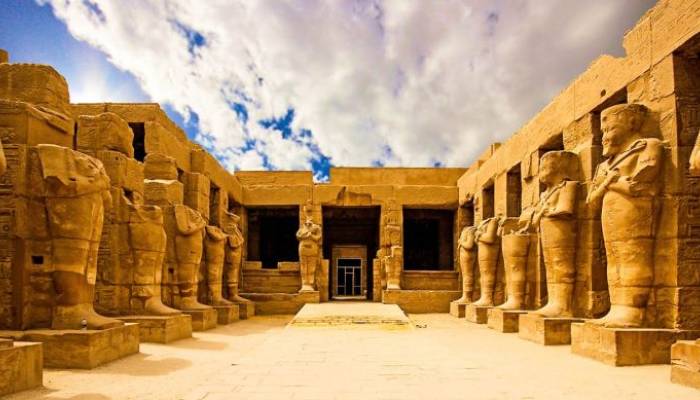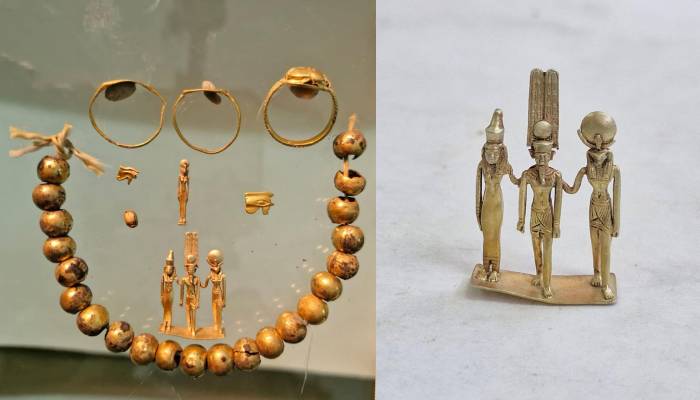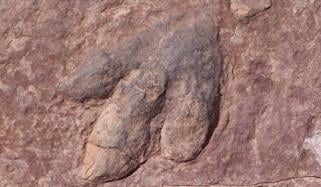
Archaeologists have found a 2,600-year-old pot filled with gold jewellery and statuettes of a family of gods at the Karnak temple complex, one of Egypt’s most significant ancient religious sites.
Located near Luxor, the temple was built around 4,000 years ago and was continuously maintained, renovated and modified for nearly 1,000 years.
As per The Independent, the Egyptian Ministry of Tourism and Antiquities stated that the artifacts discovered at the site included beads, amulets and statuettes, many of which were made of gold.

The ornaments were stored in a small pot that was found broken but all its pieces were well-preserved.
Related: Archaeologists discover 4,000-year-old Stonehenge-like structure in Denmark
The jewellery collection included gold and metal rings, along with a triple statue of ancient Egyptian gods.
As per the outlet, the triple statuette featured Amun, the main god of Thebes standing alongside his wife, the mother goddess Mut and their son Khonsu, the Moon god.

Researchers believe the statuettes were likely part of jewellery worn around the neck as an amulet.
Moreover, previous excavations at the site also uncovered numerous mud-brick buildings from the early 26th Dynasty.
Researchers believe these structures were likely used as workshops, storage facilities for the temple or other religious spaces.
Related: Archaeologists uncover 'possible' lost tomb of Pharaoh Thutmose II















